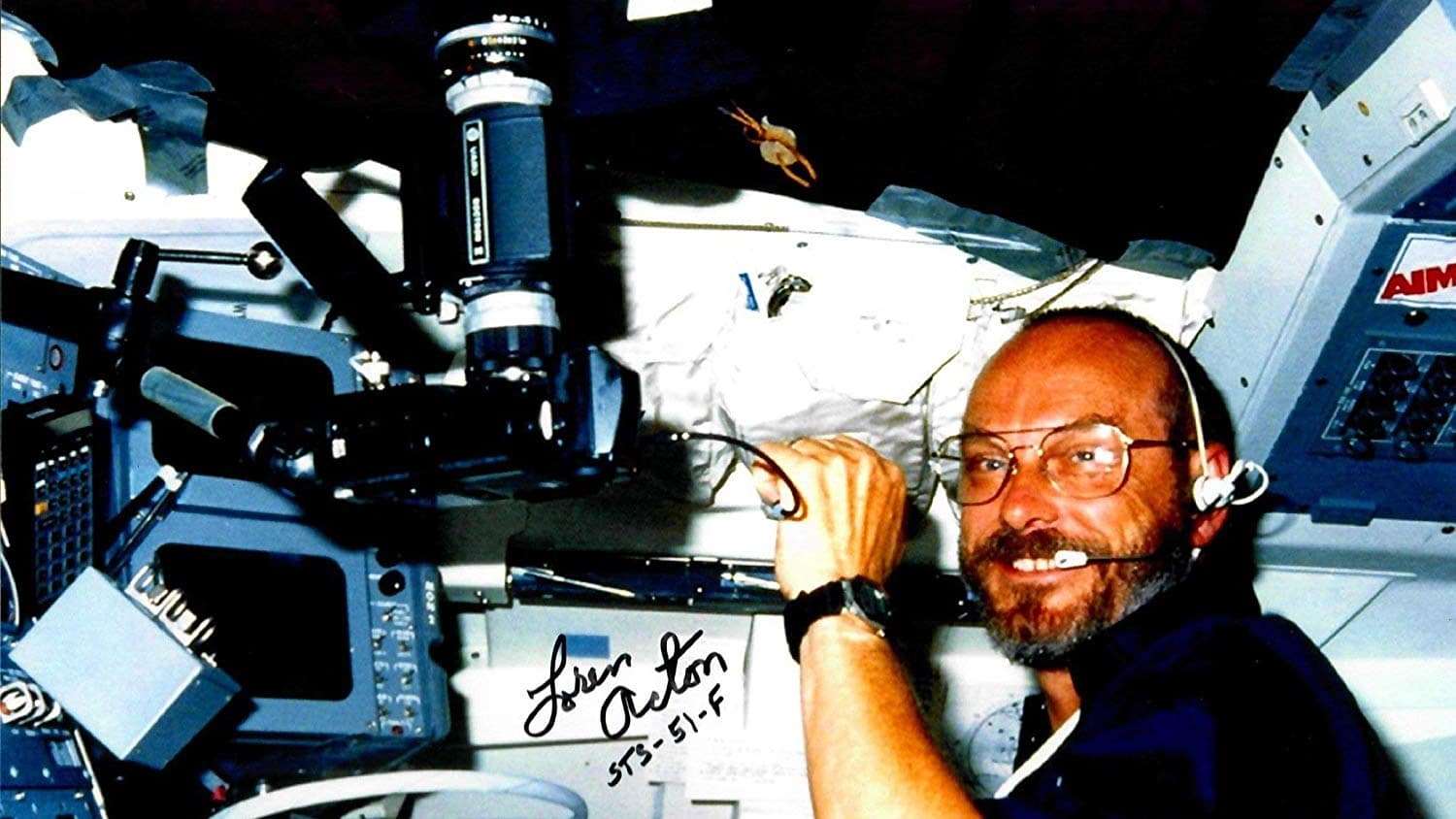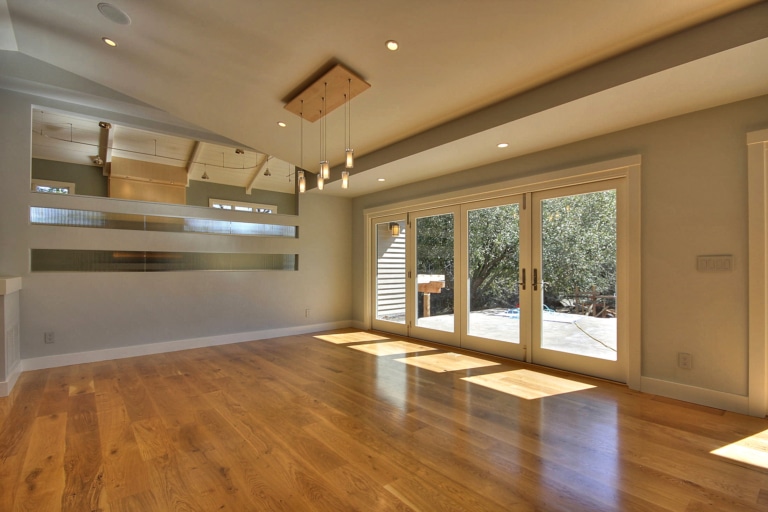My Father the Astronaut
On July 29, 1985 at Florida’s Kennedy Space Center, I watched my father launch into earth’s orbit on the Space Shuttle Challenger. I won’t say it was like any other ordinary day. It wasn’t. It couldn’t be. Watching a spacecraft launch is amazing and transformative. And at 3,500 miles per hour (that’s roughly 1 mile per second) it only took 150 seconds for the Challenger to leave our atmosphere and embark on NASA mission STS-51F.
Most people think of astronauts as the crew that actually operate the space ship. A better way to look at an astronaut is anyone who has had the unique opportunity to go into space. By that definition, my dad, Loren Acton, is an astronaut.
More specifically, my father is a Solar Physicist who joined the Challenger as a Payload Specialist for the Lockheed Palo Alto Research Laboratory. The mission itself was a scientific one, often remembered as that time Coca-Cola and Pepsi brought their Coke vs. Pepsi rivalry to space. But the real story of my father the astronaut has nothing to do with the mission itself, but everything to do with how he got there.
Every journey begins with a problem.
First of all, my dad was a scientist with a challenge. The problem with being a solar astrophysicist on earth is that you always have to deal with interference and distortions created from the earth’s atmosphere. Those distortions make accurate data gathering extremely difficult. It’s like listening to The Rolling Stones under water. You kind of hear them, you know they rock, but it just isn’t the same as a front row ticket. My dad realized that if he could somehow get an instrument outside of our atmosphere, he could collect exponentially superior information and ultimately produce fantastic science. But how?
It was around this time he read an article about how, some day, there would be these things called Space Shuttles, and how they’d be used for a variety of amazing purposes. Among them, space missions designed purely for scientific research. So, in the summer of 1972, our family suddenly picked up and moved to Freiburg Germany (a pretty good story unto itself). But my dad had a plan, you see. A plan to get into space.
Create your own path.
Moving to Germany was an amazing, weird, wonderful experience, albeit a challenging one at times. As a kid, the sudden shift in lifestyle and culture can be hard to handle, but I look back on that time with a profound amount of happiness. I learned to speak German, I made new friends and experienced new things, all while my father had begun his epic quest to clear his path to space.
Over the course of 14 years, my dad would create special solar data instruments and painstakingly design the qualifications and processes needed to operate them. He even went so far as to specify the profile, education, and skill set for the exact person needed to complete a mission to space.
My dad is a smart guy. And coincidentally, all of that required education, skill, and multi-disciplinary qualifications matched his own. Go figure, right? Right. My dad had, in effect, successfully created his own path to a seat in space by being the only man on the planet that matched the description of who NASA needed to crew the mission.
The lesson I’ll never forget.
Ralph Waldo Emerson said it better than I ever could. “Do not go where the path may lead, go instead where there is no path and leave a trail.” That’s exactly what my dad did in 1972. He created a path for himself. Deliberately. Strategically. And with a clear vision for what he wanted to achieve.
From the moment I had my epiphany about ADUs, I knew I needed to create my own path too. I needed to focus and strategically embark on my own mission to help homeowners develop long-term housing plans for their families in California.
My father the astronaut had imparted a powerful lesson in me, not fully realized. There are no roadblocks that we cannot overcome if we create our own path. We simply blaze our own trail, carve our own way, circumvent any roadblocks and embrace the new challenges we have yet to discover. And when we encounter challenges? Work to overcome them. Be creative.
Really, our only barrier should be our own ability to envision the future we want. Once we have that vision, nothing can really stop us. And who says we have to embark on our missions alone?
My family, my mother in particular, encouraged and supported my father. And when he finally secured his seat on the Challenger, he worked with dozens of amazing, driven people that shared his vision. The team at Acton ADU is no different. We work together with a shared vision. We empower each other, we study, we execute, and most importantly we persist with resolve.
The crew at Acton works together to create their own path. It is absolutely a privilege to be working with so many great people who strive to make our own mission become a reality.
– Stan Acton, Founder







